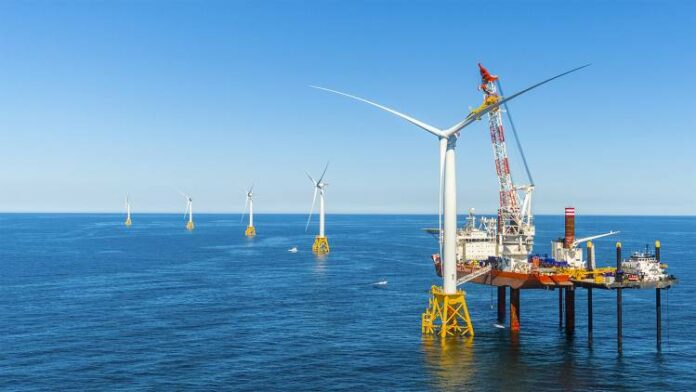GZA GeoEnvironmental has started a geotechnical survey of the seabed for Deepwater Wind's 90MW South Fork and 400MW Revolution offshore wind farms off the US east coast.
The work involves taking and evaluating soil samples from the sea floor in 30 to 37 metres of water about 24km southeast of Block Island.
GZA will analyse the sand, gravel, silt and clay extracted by the drilling operation to advise Deepwater Wind on how wind turbine foundation options will perform in various areas.
GZA chief executive Bill Hadge said: “What Deepwater Wind has launched off the coast of New England is a revolutionary new industry that will bring clean, renewable energy to thousands of homes and businesses throughout our region.
“GZA is honoured and excited to take on the challenge of providing the rigorous geotechnical analysis that will help Deepwater Wind site and install their turbines with the most appropriate foundations.”
Deepwater Wind chief executive Jeffrey Grybowski said: “We’re embarking on this major scientific endeavour so we can better understand the seafloor where we’ll build these next wind farms.”
“When we’re done, we’ll know more about this part of the ocean than ever before. Local labourers, mariners and scientists will help us get the job done.”
The survey is one of the early phases of what will be a five-month review by Deepwater Wind of its offshore leased property.
Once permits are secured, construction of South Fork is scheduled to start in 2021, with the wind farm becoming operational in 2022, while Revolution's construction could kick off in 2020 to come online in 2023.
Source:renews


